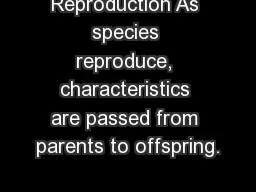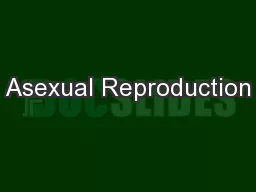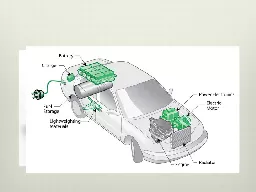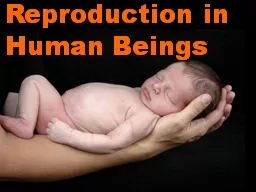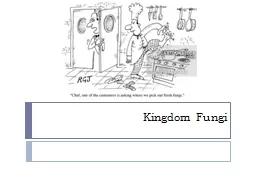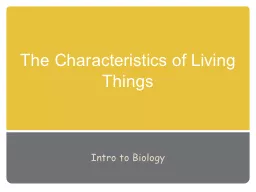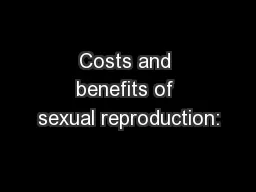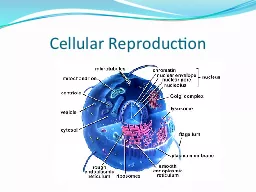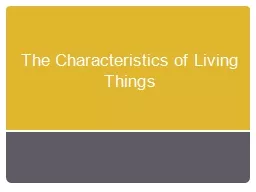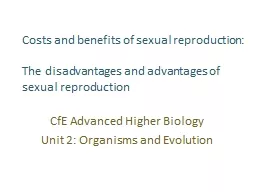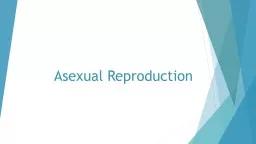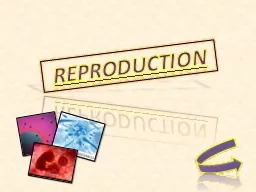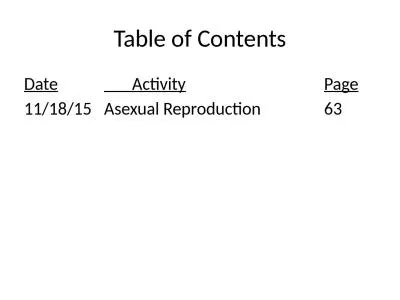PPT-Reproduction As species reproduce, characteristics are passed from parents to offspring.
Author : danika-pritchard | Published Date : 2018-03-11
Key Concepts Asexual and sexual reproduction Inheritance Learning outcomes Distinguish between asexual and sexual reproduction and describe examples of each type
Presentation Embed Code
Download Presentation
Download Presentation The PPT/PDF document "Reproduction As species reproduce, chara..." is the property of its rightful owner. Permission is granted to download and print the materials on this website for personal, non-commercial use only, and to display it on your personal computer provided you do not modify the materials and that you retain all copyright notices contained in the materials. By downloading content from our website, you accept the terms of this agreement.
Reproduction As species reproduce, characteristics are passed from parents to offspring.: Transcript
Download Rules Of Document
"Reproduction As species reproduce, characteristics are passed from parents to offspring."The content belongs to its owner. You may download and print it for personal use, without modification, and keep all copyright notices. By downloading, you agree to these terms.
Related Documents

